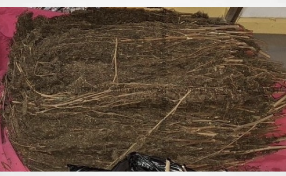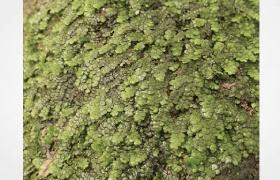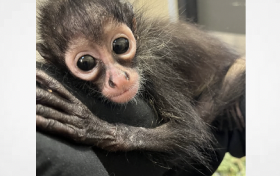View More
- Pages: 68–79
- Online Publication Date: 30 Nov 2023
- Publication Date: 29 Dec 2023
- Article Category: Review Article
- Keywords: 5-meo-DMT; alvarius; biocultural; ethnopharmacology; Seri; toad medicine
Abstract
The Sonoran Desert Toad (Incilius alvarius) is the only vertebrate known to produce the powerful psychedelic, 5-MeO-DMT, which is easily-accessible form the animal’s exterior glands. This paper seeks to present the biocultural (ecological and cultural) history, and conservation concerns of I. alvarius. Discovery of 5-MeO-DMT in I. alvarius was first reported in 1965 and 1967 (Erspamer et al.), and eventually led to the popular psychedelic use of this species after a pamphlet was published in 1984 (Most). Its mostly unmitigated use in for-profit spirituality, wellness, and adventurism has driven erroneous, coerced, and exploitive narratives of ancient Indigenous use – increasing: exploitation of I. alvarius, biocultural erosion, and malpractice of 5-MeO-DMT. Reconciliation of diverse needs is intellectually and financially challenging. It must be careful of approaches that are implicitly biased by a demand that extracts, appropriates, and trades in Indigenous and wellness motifs – but can be reached from the reconciliation and intersection of Indigenous and Western science and priorities. Few conservation-oriented studies and outreach elements concerning I. alvarius exist, and most have been supported by crowdfunding.
Introduction
The Sonoran Desert Toad (Incilius alvarius) is being exploited for something it produces from its skin: 5-MeO-DMT. It produces this so-called “god molecule” in a potent, easily accessible concentration, and is thus far the only known vertebrate to do so. When inhaled, this molecule can completely overwhelm the senses, sending one out of consensus reality — inducing significant feelings of existential illumination and meaning; love; interconnectedness; the extreme diminishment of one’s ego; and the alleviation of certain psychiatric problems. Others take this extreme substance recreationally. However, instances of terror-induced trauma, and death are also associated with misuse of this substance, which is not yet fully appreciated by most scientists and health professionals. Abuse of this drug is low, but indirectly possible (see Comca’ac below).
The rise in notoriety, and desire for the potential benefits of this psychedelic, present a battery of issues for I. alvarius, its ecosystem, and people: (i) vulnerability to a rising demand from the (ii) perpetuation of an economy that trades on wellness and fabricated or mischaracterized Indigenous customs, and (iii) implicitly-biased notions of sustainable exploitation at odds with bio-cultural wellbeing. Public outreach illustrating and addressing the dissonance between extractive capitalism and bio-cultural reality will begin to alleviate growing misunderstanding and demand for this species. This includes equitable access to healthcare systems that allow for the intersection of time-tested therapies across disciplines and cultures (cultural reconciliation).
More : https://akjournals.com/view/journals/2054/7/S1/article-p68.xml?ck_subscriber_id=1050193520


















